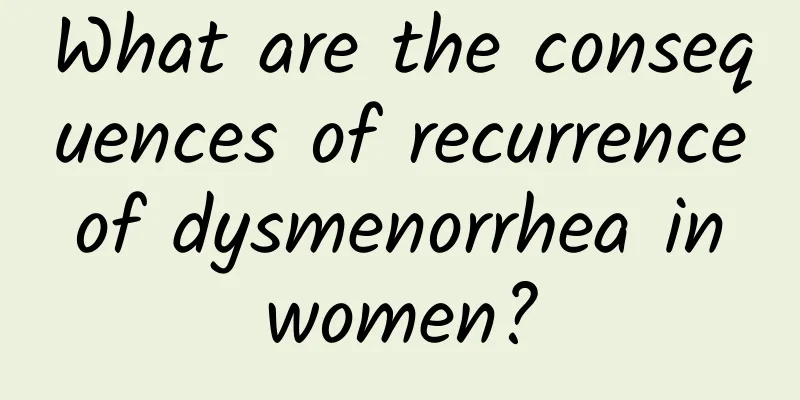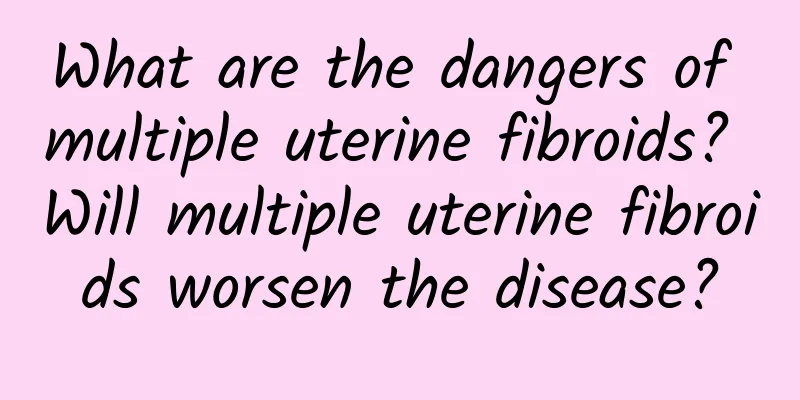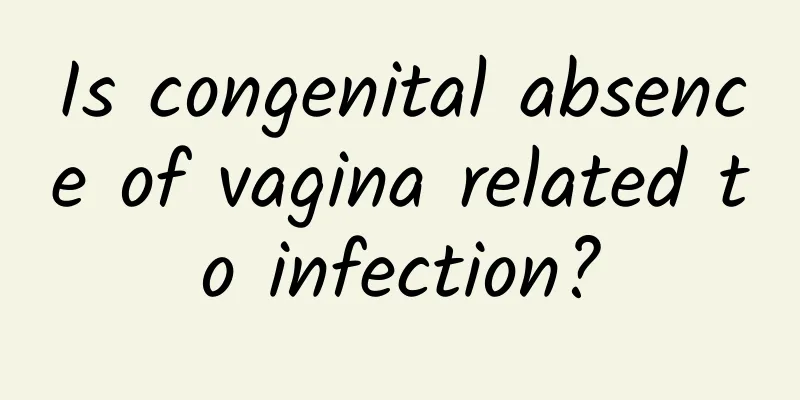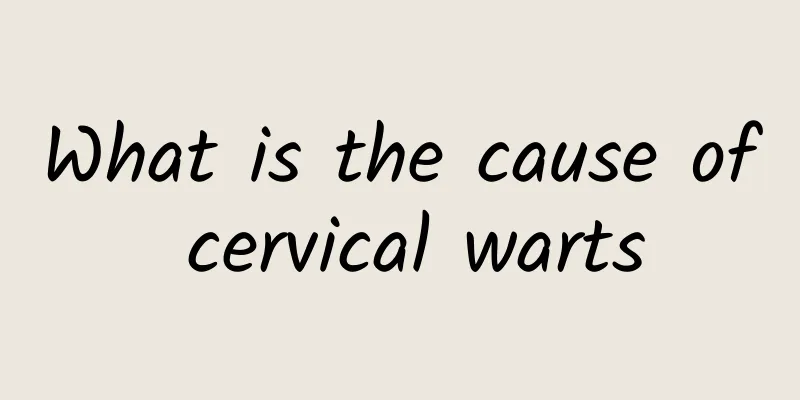Dysfunctional uterine bleeding during menopause
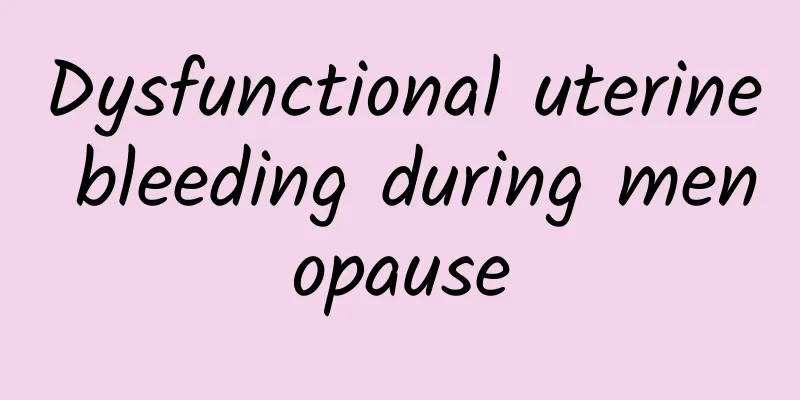
|
Dysfunctional uterine bleeding during menopause refers to the irregular changes in menstrual cycle, menstrual period and menstrual volume caused by endocrine dysfunction in menopausal women. It is referred to as "dysfunctional uterine bleeding during menopause". After women enter menopause, their ovarian function begins to decline, the hormone level of the ovaries decreases, and the feedback function to the hypothalamus and pituitary gland is lost, causing the gonadotropin secreted by the pituitary gland to increase to varying degrees. Although the remaining follicles in the ovaries also develop, they do not ovulate. The endometrial glands show a continuous proliferation reaction under the action of long-term estrogen, and mild hyperplasia, adenocystic hyperplasia or adenomatous hyperplasia may occur. When the estrogen level fluctuates greatly, the endometrium will shed incompletely, and irregular uterine bleeding will occur. The characteristics of menopausal functional uterine bleeding are irregularity and often heavy bleeding. The bleeding can be reduced after using general hemostatic drugs. Some patients develop secondary severe anemia due to repeated bleeding. The treatment of menopausal functional uterine bleeding is different from that of adolescent functional uterine bleeding. Its main purpose is to stop bleeding. However, irregular uterine bleeding may also occur in menopausal women due to other reasons, such as uterine fibroids, endometrial cancer, endometrial polyps, etc. In order to exclude organic lesions of the uterus and make a clear diagnosis, a comprehensive curettage in sections must be performed. The purpose of hemostasis is achieved at the same time as the curettage. After excluding organic lesions, in addition to ordinary hemostatic drugs, progestogens are often used to stop bleeding, such as progesterone acetate, norethindrone, and megestrol acetate. After the bleeding stops, the dosage is reduced every 3-4 days, and each reduction does not exceed one-third of the original dosage to prevent breakthrough bleeding. In order to control the menstrual cycle and enable patients to smoothly transition to menopause, progestogen and androgen combined therapy is generally used. Menopausal functional uterine bleeding is also classified as "metrorrhagia" in traditional Chinese medicine. The causes and treatment principles are basically the same as those of adolescent functional uterine bleeding. However, due to the gradual decline of kidney qi, organ dysfunction, and spleen weakness in menopausal women, they often have no power to control blood and suffer from metrorrhagia. Therefore, menopausal functional uterine bleeding is more common with spleen failure to control blood. Symptoms include sudden metrorrhagia or continuous bleeding, pale color and thin blood, fatigue and shortness of breath, pale complexion, swollen eyelids, pale and fat tongue, and weak pulse. Treatment should be to invigorate qi and strengthen the spleen, and consolidate Chong and Ren meridians. |
>>: How to provide care and health care for patients with functional uterine bleeding?
Recommend
Regular pre-abortion check-ups are especially important for women
Female abortion is a common surgery, and many wom...
Is acupuncture effective in treating pelvic peritonitis?
Among all gynecological diseases, the incidence o...
Warning: Cervix can cause infertility
Cervicitis is one of the common gynecological dis...
Is miscarriage a miscarriage? What is the difference between miscarriage and miscarriage?
Getting pregnant is a happy thing, but if the bab...
The most effective prevention of irregular menstruation
Irregular menstruation usually occurs before or a...
3 principles, nutritionists teach you how to choose special nutritional products with peace of mind
Should we take special nutritional supplements? W...
Why do women get cervical erosion? Revealing the real cause of cervical erosion
Erosion, these two words are scary, they easily r...
Chocolate cyst physical therapy price
What is the cost of chocolate cyst treatment? Thi...
To sculpt your hips and legs and improve edema, do the yoga circle pose!
If you want to show your youthful vitality this s...
The harmful effects of adnexitis on women
Gynecological diseases are very harmful to the hu...
How to control and treat multiple uterine fibroids?
How to control and treat multiple uterine fibroid...
Can I still have a baby with adenomyosis?
Is it still possible to have a baby with adenomyo...
Brief analysis of the hazards of the two main types of cervical erosion
Cervical erosion is a gynecological disease in wh...
Will ectopic pregnancy cause persistent stomach pain?
Will ectopic pregnancy cause persistent stomach p...
Is confinement necessary for spontaneous abortion? Analyze specific situations
Spontaneous miscarriage is mostly caused by probl...
